Serving Statesville and the surrounding areas since 1998
Call Now to Schedule an Appointment
It’s Our Business to Make You Smile
Eat These 3 Foods for Healthy Teeth
Proper brushing and regular dental check-ups are essential aspects of oral care, but so too are foods that are good for your teeth. Here are three foods that'll help your teeth stay healthy, along with how you can easily incorporate them into your regular diet.
Almond Slivers on Your Salad or Cereal
Almonds are full of healthy nutrients, including calcium which the body uses to maintain strong teeth and bones. They also require chewing, and the nuts can scrape plaque off of your teeth as you eat them.
While any almonds are beneficial so long as they're not coated in sugar, which promotes tooth decay, almond slivers are an especially good way to incorporate the nut into your diet. Compared to other ways that you could eat the nuts, a sprinkling of almond slivers on a dish offers the following benefits:
- The almond slivers are smaller than the full nut, so they're easier for people with weak teeth to eat.
- The other foods in a salad or cereal add flavor, so you'll be less prone to get sugar-coated almonds that have extra flavor.
- The almond slivers are a natural addition to a meal, so you can enjoy them without snacking if you try to avoid eating at non-meal times.
Moreover, almond slivers can be incorporated right into a salad dish when you entertain. Many people like the nuts in a salad.
Cheese as an After-Meal Dessert
Cheese has been scientifically demonstrated to help promote healthy teeth, and not just because it contains calcium and protein.
In one study , subjects ate cheese and had the pH of their mouth measured at 10-, 20- and 30-minute intervals afterward. The pH of their mouths increased at each interval, which means their mouths became less acidic because a low pH correlates to a more acidic environment. This makes cavity formation less likely, for cavities are less likely in higher pH (less acidic) mouths.
Since cheese's benefits are pH-based and last for a demonstrable amount of time, you don't want to eat other foods after having some cheese. Another food could alter your mouth's pH in a different way and counteract the positive changes that cheese provides. Additionally, eating food anytime during the 30-minute span that cheese is effective could limit the benefits of cheese.
Given these considerations, one of the best times to eat cheese is an after-meal dessert. As a dessert, cheese counteracts and pH-reducing effects that other foods might have and the effect lasts. As long as you don't eat again within a half-hour of finishing a meal, you'll get protection from cheese for a full 30 minutes.
Alternatively, you can eat a slice or wedge of cheese as a stand-alone snack. You'll still increase the pH in your mouth and likely not eat again for at least a half-hour. You just won't counteract any acidifying effects that other foods have on pH balance, since you haven't consumed other foods at this time.
Spinach in Your Salad
Spinach contains many nutrients that are good for oral health. Specifically, it has the following minerals and vitamins:
- Folic acid, which may help treat gum issues.
- Beta-carotene, which helps maintain strong enamel.
- Calcium, which helps maintain strong teeth.
Spinach also goes very well with the other two foods listed. The dark leafy green can form the foundation of a salad that almond slivers are sprinkled on top of. Also, spinach goes well with cheese. You can either eat a piece of cheese after a salad, or you can incorporate cheese directly into a salad and make sure your last bite of the salad has a good amount of cheese.
For help keeping your teeth healthy, contact Joseph M. Perry D.D.S. P.A.
Phone: 704-873-6451 | Email: info@drjosephperry.com | Address: 1116 Davie Ave. Statesville, NC 28677
Joseph M. Perry D.D.S. P.A. | Licensed | Insured | In Business Since 1998
Business Hours
- Mon - Thu
- -
- Fri - Sun
- Closed
Closed for Lunch From: 1:15 AM - 2:15 PM




Testimonials

Slide title
Write your caption hereButton
Slide title
Write your caption hereButton
Slide title
Write your caption hereButton

Slide title
Write your caption hereButton
Slide title
Write your caption hereButton
Slide title
Write your caption hereButton

